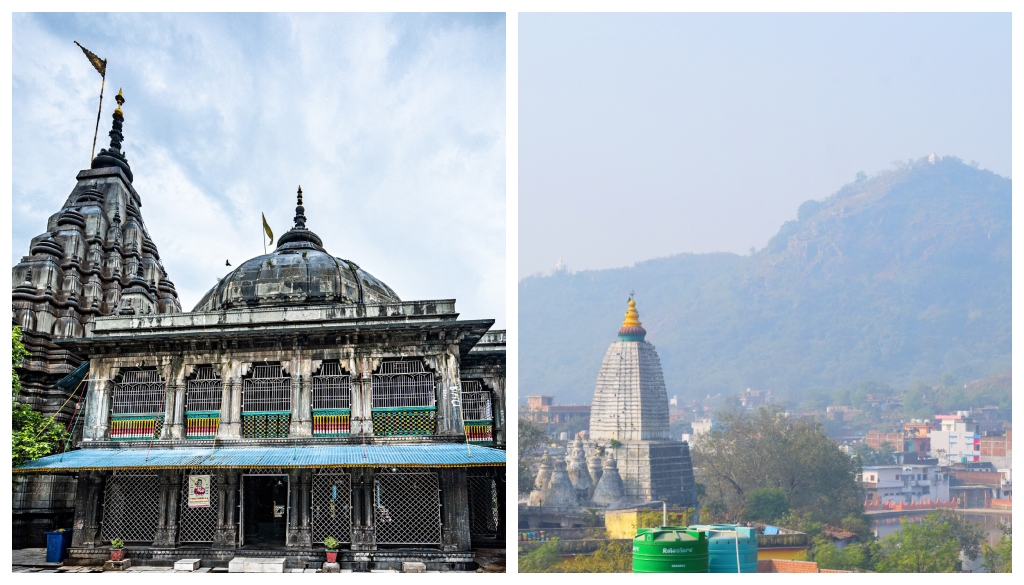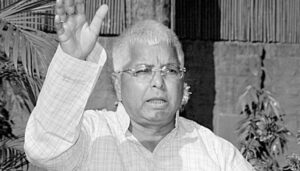
Gayaji: For more than five decades, the people of Gaya — one of India’s most revered spiritual centres — have called for its name to reflect its religious significance. Now, that long-standing demand has finally been fulfilled. On Friday, the Bihar cabinet, led by Chief Minister Nitish Kumar, approved the renaming of Gaya to Gayaji, a move widely hailed as an overdue gesture of respect towards the city’s central place in Sanatan Dharma.
For many, the name Gayaji is more than symbolic — it acknowledges Gaya’s identity as the place where ancestors are believed to attain salvation. Thousands of pilgrims from India and abroad flock to Vishnupad temple every year, offering pinddaan rituals for their forefathers, a tradition said to bestow eternal peace to departed souls.
“Gaya means Vishnupad; Vishnupad means the place that grants salvation to ancestors,” said Shambhulal Vitthal, president of the Gayapal and Shri Vishnupad Managing Committee. “It is not just a name, it is a mark of reverence. This is why we have been demanding this change since 1971.”
The call to rename the city dates back to a campaign by the Gayapal Samaj, who, along with local hoteliers and priests, petitioned the Bihar government and even the Railway Ministry to reflect the city’s revered status by renaming the station to Gayaji Junction. While some progress came in 2014, when the state government said it had written to the Centre regarding the matter, it took until 2025 for the official recognition to come through.
Beyond Vishnupad, Gaya is also home to the Shaktipeeth Maa Mangala Gauri temple, considered one of the 51 Shaktipeeths in India. Located atop the Bhasmkut mountain at the city’s southern end, the temple has been a place of devotion since 1350, attracting throngs of worshippers, particularly during Navratri when up to 50,000 pilgrims gather for darshan.
Architecturally, Vishnupad temple is a marvel in itself. Built in 1787 by Queen Ahalya Bai of Indore, the black stone temple features intricate craftsmanship, towering 100 feet high with a gilded vase adorning its pinnacle. The temple’s sanctum houses Lord Vishnu’s 13-inch footprint, a focal point of devotion and faith.
Religious leaders and scholars have long argued that, like Kashi is respectfully called Kashiji by devotees, Gaya deserves the same reverence as Gayaji. “Wherever we travel, people already call it Gayaji,” said Acharya Navinchandra Mishra Yagnik. “It is only fitting that the state acknowledges this sentiment.”
For the people of Gaya, Friday’s decision is not merely a change in nomenclature — it is the fulfilment of a generational aspiration, restoring a sacred city to its rightful place in the spiritual geography of India.





